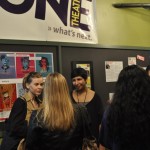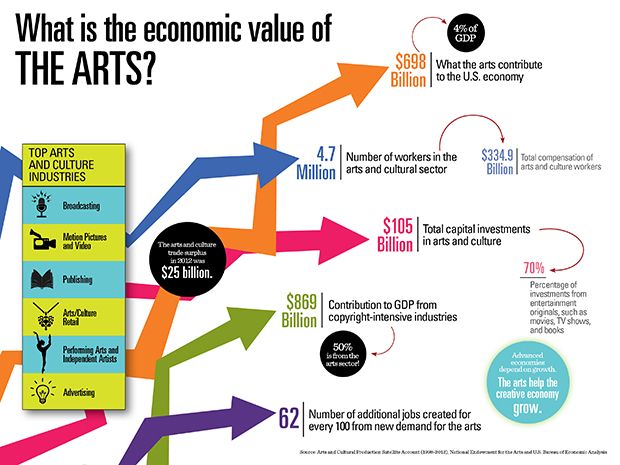Link Roundups feature articles and bits of internet goodness that our dramaturgy team digs up. If you find something you want to send our way, drop us a line on Facebook or Twitter!
♦♦♦♦♦
An essay about August Wilson is up at The New Republic, as well as a link to the PBS American Masters documentary August Wilson: The Ground on Which I Stand, which aired recently to commemorate the 10th anniversary of Wilson’s death.
The economic hardship and systemic racism suffered by African Americans were hardly the only subjects Wilson tackled. Seven Guitars deals with black manhood. In King Hedley II, set in the 1990s, actors, such as future Oscar nominee Viola Davis, powerfully brought women’s reproductive choice into an African American arena. Wilson also delved into the paranormal in The Piano Lesson and Gem of the Ocean. In that way, the playwright perhaps helped us see aspects of our lives even we tried to erase.
♦♦♦♦♦
At The Guardian, Maddy Costa writes about the need for theatres to be less uptight about the behaviors and disruptions of their audiences, and examines how theatre culture could change if “relaxed” performances weren’t just one-off events:
A vital question was raised at the event: what might the theatre landscape look like if it were more relaxed, not occasionally, but all the time? Last summer, a Theatre Charter was proposed, detailing expected behaviour for the benefit of occasional theatregoers: no rustling sweet wrappers, no mobile phones, definitely no eating McDonald’s. How much more inviting might theatres feel if they didn’t just reject the snobbery embedded in such a charter, but offered a different manifesto, in which it was clear that all people – whatever their backgrounds, ages, physical or mental abilities – were welcome to see any performance, any day they wanted, together?













